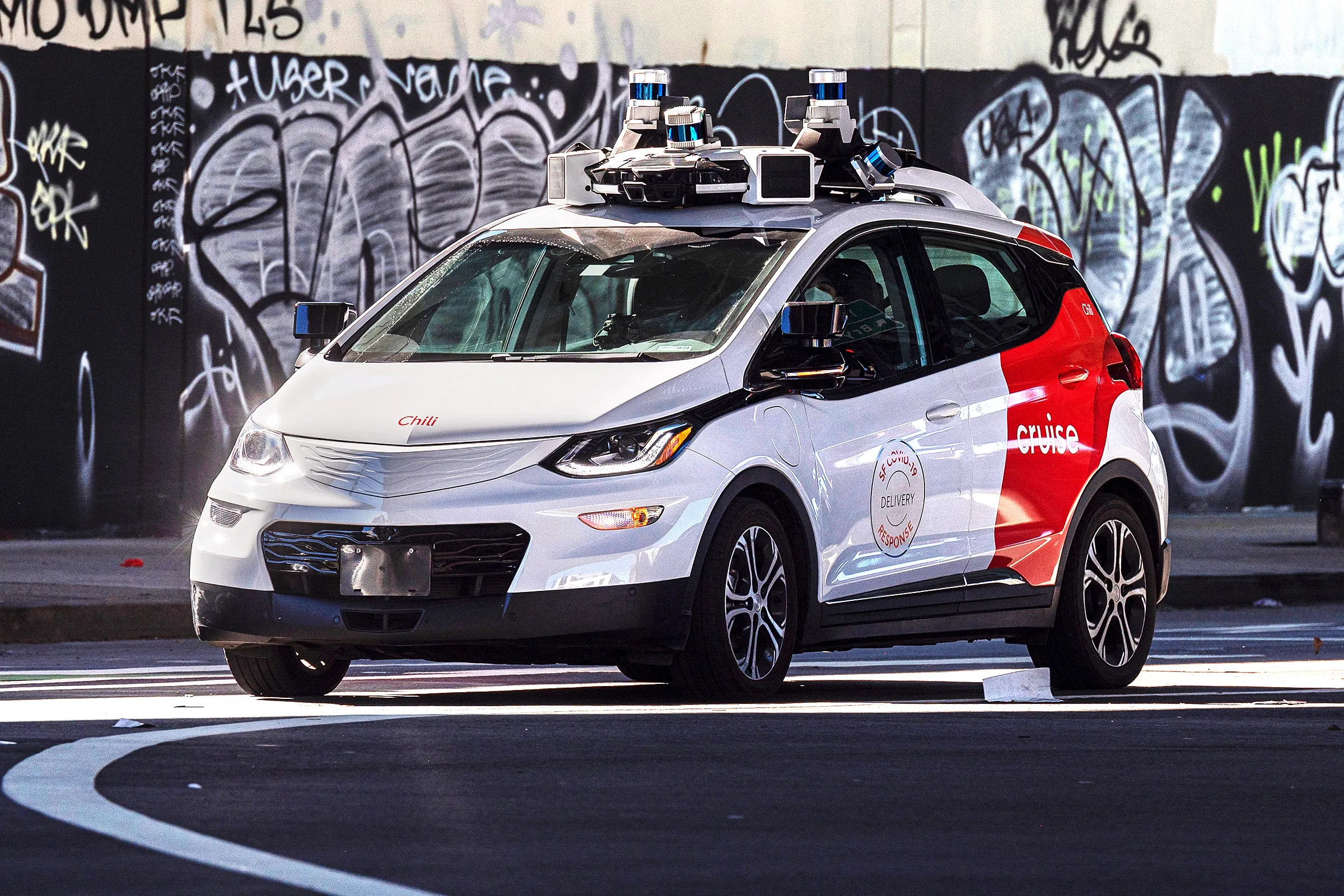GM’s Cruise Self-Driving Cars have logged over 700,000 miles of fully autonomous driving. They are currently being investigated by the auto safety agency. These self-driving vehicles are also capable of adapting to pedestrians and are being tested in cities.
GM’s self-driving cars have logged nearly 700,000 fully autonomous miles
Cruise, an autonomous driving subsidiary of General Motors, has been conducting testing of its robotaxis in San Francisco since summer of 2021. As the company ramps up its driverless operations, it is looking to expand its service to Austin, Texas, and Phoenix, Arizona, in the coming years.
The San Francisco Municipal Transportation Agency has urged the National Highway Traffic Safety Administration to develop performance standards for robotaxis. The city submitted a 36-page response to the auto safety agency.
The city is concerned that a large fleet of Cruise’s Origin robotaxis could exhaust emergency response resources. This could cause public confidence in the technology to wane.
Cruise has not reported any fatalities or injuries from its vehicles. However, the National Highway Traffic Safety Administration (NHTSA) is investigating several reported incidents involving rear-end collisions.
NHTSA is also looking into Cruise’s hard braking maneuvers. These may cause the vehicle to suddenly stop, causing an unexpected braking accident.
The auto safety agency is investigating Cruise’s software and hardware. The software may incorrectly predict the path of approaching vehicles, creating a risk of harm.
The software and hardware may also malfunction, immobilizing the vehicles, stranding passengers in unsafe locations. The NHTSA investigation is a preliminary step before a formal recall.
Cruise has been criticized after a June crash. The software failed to predict the path of a vehicle. It then tried to avoid a collision by abruptly braking.
GM’s self-driving cars are adaptive to pedestrians
GM’s Cruise self-driving cars are adaptive to pedestrians. But they are still very much in the early stages of development. And it’s unlikely they will reach their commercial launch in late 2019, if at all.
In fact, the most ambitious technological foray GM has taken so far is Super Cruise. It pairs adaptive cruise control with lane-centering technology, allowing a driver to let the car take over only on the highway.
But even with its advanced features, the system is not designed to be a vehicle that is driven while texting or looking at a map. It’s also not designed to handle a row of bicycles on the side of the road.
In order for a car to function properly as a self-driving vehicle, it must be tested with a variety of people and objects. In addition, the vehicle should be able to navigate to the desired destination without human intervention.
In the meantime, GM’s cruise self-driving cars are getting hit with unexpected technical challenges. They are struggling to recognize pedestrians, as well as other objects in the road. For example, if a bicycle is parked in front of the car, it would hesitate when the pedestrian crosses the line of sight, even though it had already seen the cyclist and had a good idea of its location.
GM’s self-driving cars are being investigated by the auto safety agency
In an effort to protect its public from accidents caused by self-driving cars, the National Highway Traffic Safety Administration has launched an official investigation into Cruise’s autonomous-driving system. The auto-safety agency said it received multiple reports of Cruise vehicles performing unexpected braking, leading to rear-end collisions. It will investigate 242 Cruise robotaxis and determine the severity of any possible safety issues.
The auto safety agency’s investigation consists of two parts: The first is a preliminary evaluation of the technology behind autonomous cars and the second involves a review of any possible safety issues. The preliminary evaluation will identify the scope of potential problems, if any, and the extent to which any aforementioned technologies are effective.
The NHTSA received multiple reports of Cruise’s self-driving vehicles, which are retrofitted with Chevrolet Bolt EVs, exhibiting unexpected braking behavior. In three incidents, the vehicle was immobilized, a potentially dangerous condition that could impede emergency responders or obstruct other drivers. In a third incident, the car rear-ended another vehicle.
The investigation also includes a study of the company’s ability to respond to aggressive road actors and other vehicles. The vehicle’s automated technology is designed to avoid accidents by navigating conservatively in clogged traffic.
The NHTSA’s investigation is based on a variety of sources, including media reports, local authorities and Cruise itself. It will look at the frequency of the incidents, whether Cruise is acting in ways that increase the chances of accidents, and whether the vehicles are a threat to other motorists.


